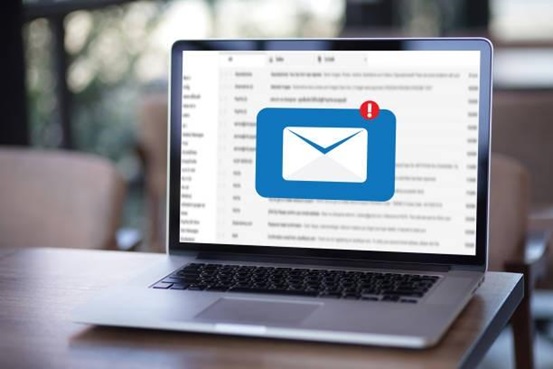Understanding the Importance of a Quality Email List
A high-quality education email list is a valuable asset for any institution looking to improve communication, enhance marketing efforts, and engage with students, faculty, and stakeholders. A well-maintained list ensures that messages reach the right audience, increasing open rates, responses, and overall engagement. Unlike purchased lists, which may contain outdated or irrelevant contacts, a carefully built email list provides long-term benefits by fostering trust and meaningful connections

Encouraging Opt-Ins Through Website and Digital Channels
One of the most effective ways to build an education email list is by encouraging voluntary sign-ups through the institution’s website and digital channels. Creating a dedicated email subscription form on the homepage, admissions page, or student portal allows visitors to easily provide their contact details. Offering incentives such as exclusive educational content, event invitations, or important updates can encourage more sign-ups. Social media platforms also play a vital role in growing an email list, as institutions can use targeted campaigns, contests, and informative posts to attract potential subscribers.
Leveraging Events and Webinars for Email Collection
Educational institutions frequently host events, webinars, and workshops that bring together students, faculty, alumni, and industry professionals. These events provide an excellent opportunity to collect email addresses from attendees. Registration forms should include a consent option for receiving future communications. Post-event follow-ups with valuable content, such as presentation slides or recordings, help to maintain engagement and ensure that the collected email addresses remain active and responsive.

Utilizing Student and Faculty Engagement to Grow the List
Students and faculty members are essential contributors to an institution’s email list. Encouraging faculty to share sign-up links with their students or including an email subscription option during enrollment helps expand the database. Newsletters and academic announcements sent to existing contacts should also include a referral option, allowing current subscribers to recommend the email list to colleagues, classmates, or parents. Engaging students and faculty in list-building efforts ensures that the contacts remain relevant and aligned with the institution’s goals.
Ensuring Data Accuracy and Compliance
Maintaining data accuracy is crucial for the effectiveness of an education email list. Institutions should regularly update their database by removing inactive or incorrect email addresses to avoid high bounce rates. Compliance with data protection regulations such as GDPR, CAN-SPAM, and FERPA is also essential to ensure ethical email marketing practices. Subscribers must be given the option to opt out at any time, and institutions should be transparent about how email data is collected and used. Implementing these practices fosters trust and credibility, ensuring long-term success in email outreach efforts.
Segmenting the Email List for Better Engagement
A segmented email list allows institutions to send targeted messages to specific groups, improving engagement and response rates. Segmentation can be based on factors such as student status, faculty department, alumni status, or geographic location. By tailoring messages to the interests and needs of each segment, institutions can deliver more relevant content that resonates with recipients. Personalized email campaigns, such as academic updates for students or career opportunities for alumni, enhance the effectiveness of the institution’s communication strategy.
Using Email Automation for Consistent Outreach
Automation streamlines email communication by ensuring timely and consistent engagement with subscribers. Institutions can set up automated welcome emails for new subscribers, periodic newsletters with updates, and event reminders for registered attendees. Automated workflows reduce manual effort and improve efficiency while maintaining a strong connection with the audience. By integrating email automation with customer relationship management (CRM) systems, institutions can track engagement metrics and refine their email strategies for better results.
Monitoring Performance and Optimizing Strategy
Building a high-quality education email list is an ongoing process that requires regular monitoring and optimization. Analyzing key performance metrics such as open rates, click-through rates, and subscriber growth helps institutions refine their email marketing approach. Feedback from recipients can provide valuable insights into content preferences, allowing institutions to improve the relevance and effectiveness of their messages. Continuous testing of subject lines, email formats, and sending frequencies ensures that the email list remains an asset for effective communication and engagement.
Conclusion
A high-quality education email list is essential for institutions aiming to strengthen communication, enhance marketing efforts, and foster engagement with students, faculty, and stakeholders. By encouraging opt-ins, leveraging events, ensuring data accuracy, and using segmentation and automation, institutions can build a reliable and valuable email database. Monitoring performance and optimizing strategies further enhance the effectiveness of email marketing efforts, ensuring long-term success in outreach and engagement.

Contact us
K12 DATA, INC.
Encinitas Technology Center
533 2nd St.,SUITE 105
Encinitas, CA 92024
Phone No:
800 257 8813
Social Links:

